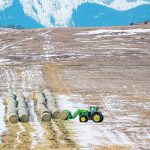UPDATED – Video added to story January 16, 2024 – 1515 CST – MEDICINE HAT — An early January snowfall across the Prairies brought slight relief to dry conditions following one of the warmest, driest Decembers on record in Alberta and Saskatchewan, but drought concerns remain. Alberta is moving into high gear to co-ordinate agricultural, […] Read more
Irrigation

Southern Alberta running on empty
There needs to be reminders that the frontier aspect of Alberta is over and we need to grow up. Unlimited space and inexhaustible resources are no more. Perhaps last on the list to be recognized is water, especially for southern Alberta. The Alberta government seems incoherently reluctant to make Albertans aware of the real possibility […] Read more

Alberta farmers plan for dry conditions
The quick melt of the mountain snowpack during the spring of 2023 in Alberta combined with hot and dry temperatures throughout the growing season and dry early winter have left irrigators with little more than hope for improved conditions by spring 2024. Irrigation districts, the Alberta government and farmers along with other water stakeholders including […] Read more

Irrigation sector ratifies amalgamation in Sask.
The Saskatchewan Irrigation Projects Association and Irrigation Crop Diversification Corp. formally agree to join forces
Irrigation Saskatchewan is now the lead irrigation organization in the province following the successful amalgamation of two provincial organizations. Talks to join Saskatchewan Irrigation Projects Association (SIPA) and Irrigation Crop Diversification Corp. (ICDC) into one entity have been ongoing for years. A joint executive working committee was formed in March 2022 and both organizations voted […] Read more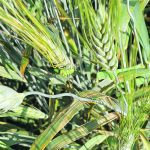
Irrigators warned to watch for bacterial leaf streak
Management practices that prevent the disease are not available, nor is resistance in Canadian cereal crops
Gursahib Singh of the Irrigation Crop Diversification Corporation issued a warning to Saskatchewan irrigators: look out for bacterial leaf streak. The research director of ICDC presented to 200 members of the irrigation industry at the Irrigation Saskatchewan conference held Dec. 5 in Saskatoon. Bacterial Leaf Streak is so far not a problem in Saskatchewan, but […] Read more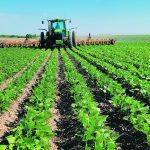
Irrigated dry beans can fit Sask. rotations
With the help of irrigation, producers Jeff Ewen and Nigel Oram have had substantial success with dry beans in Saskatchewan, but there are challenges that come with being a small community of growers. They recently advocated for more dry bean acres being added to crop rotations, during the Saskatchewan Irrigation Conference in Saskatoon. Dry beans, […] Read more
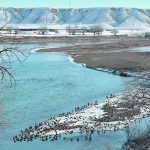
Alberta requests options for dealing with drought
Alberta is preparing for possible water shortages in southern rivers that feed its irrigation network and is asking for proposals to help deal with the situation. “A key element of this is the development of water sharing agreements, whereby holders of large water licences work together to agree on how much less water each will […] Read more
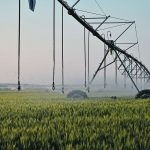
Irrigators plan for a dry year if conditions hold
Crop types that require less water can reduce growers’ exposure to below normal precipitation and runoff
Soil moisture and precipitation in Alberta are far from ideal for field crops and even irrigated land had challenges in the last growing season — a situation that had many producers talking options during the Ag Connections conference in Medicine Hat in November. “This is the first year that we’ve ever talked about water shutoffs […] Read more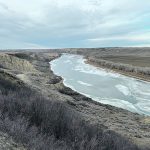
Alberta, Sask. regions prepare for continued drought
The smaller St. Mary Reservoir has seen its levels rise to four percent of capacity from a low of two percent
The continuing drought across Alberta and parts of Saskatchewan are prompting warnings from the two provincial governments as precipitation remains elusive and moisture deficits extend into winter. “We need to make sure we have a plan in place to address these water shortages,” said Alberta’s Environment Minister Rebecca Schulz, warning of El Nino, which weather […] Read more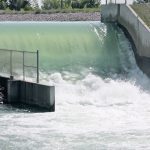
Irrigation modernization moves ahead in Alta.
Proponents say the projects that have already been completed made a significant difference to irrigators this past year
It’s full bore ahead for the nearly $1 billion Alberta Irrigation Modernization program launched more than two years ago that will see hundreds of kilometres of open canals converted to underground pipes, improved infrastructure and expanded reservoir capacity. Richard Phillips, chair of Irrigating Alberta, a consortium of 10 irrigation districts set up to manage the […] Read more
